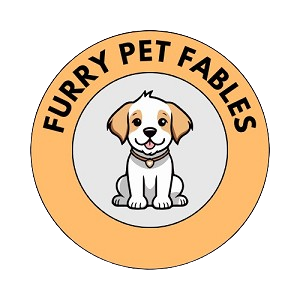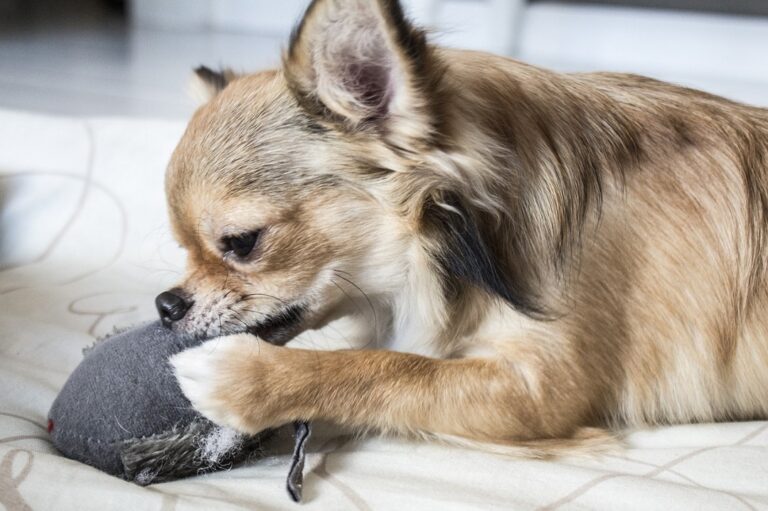Chewing Craze: Stopping Destructive Chewing in Puppies & Adult Dogs

Chewing is a natural and essential activity for dogs. It helps them keep their jaws strong and their teeth clean. Chewing also combats boredom and can relieve mild anxiety or frustration. However, when your furry friend decides that your favorite shoes, furniture, or even the walls of your home are their chew toys, it becomes a problem. Destructive chewing can be a costly, frustrating, and potentially dangerous habit that needs to be addressed. This comprehensive guide will provide you with the knowledge and tools to stop destructive chewing in both puppies and adult dogs, ensuring a happier and more harmonious home for all.
Understanding Destructive Chewing
The Psychology Behind Why Dogs Chew
Chewing is an instinctual behavior for dogs. Puppies explore the world with their mouths, and chewing helps them to learn about different textures and tastes. It also aids in the teething process. For adult dogs, chewing can be a way to keep their teeth clean and jaws strong. However, when this natural behavior turns destructive, it’s often a sign that your dog’s needs are not being fully met.
Differences Between Puppy Chewing and Adult Dog Chewing
Puppy chewing is primarily driven by the discomfort of teething, which usually occurs between the ages of three to six months. During this time, puppies will chew on almost anything to relieve the pain. Adult dogs, on the other hand, may chew for a variety of reasons including boredom, excess energy, anxiety, or behavioral issues.
Identifying Triggers and Patterns in Chewing Behavior
Observing when and what your dog chews can provide valuable insights into why they are engaging in this behavior. Take note of the time of day, the objects they choose, and what circumstances surround their chewing episodes. This information will be crucial in developing an effective strategy to curb their destructive habits.
Strategies for Puppies
Managing Teething: Tips and Tricks
- Provide Teething Toys: Offer a variety of chew toys that are specifically designed for teething puppies. These toys can soothe their gums and keep them engaged.
- Cold Chews: Chilled or frozen toys can provide relief to sore gums. A frozen carrot or a chilled chew toy can work wonders.
- Supervision: Always supervise your puppy to prevent them from chewing on inappropriate items. If you catch them in the act, redirect them to a suitable chew toy.
Appropriate Toys for Puppies to Chew On
Choose toys that are durable and safe for your puppy’s size and chew strength. Avoid toys that are too hard and could cause dental damage or too small and pose a choking hazard. Rubber toys, rope toys, and soft plush toys designed for puppies are often good choices.
Establishing a Routine to Discourage Unwanted Chewing
Consistency is key in teaching your puppy what is acceptable to chew on. Establish a routine that includes plenty of playtime, exercise, and opportunities for your puppy to use their chew toys. This will help them understand what objects are theirs to chew.
Positive Reinforcement and Training Techniques
Reward your puppy for chewing on the right items. Use treats, praise, or playtime as rewards. Training commands like “leave it” or “drop it” can also be helpful in preventing unwanted chewing.
Strategies for Adult Dogs
Assessing the Cause of Chewing in Adult Dogs
Understanding why your adult dog is chewing is the first step in addressing the behavior. Common causes include separation anxiety, boredom, lack of exercise, or the absence of appropriate chew toys.
Redirecting Behavior: Introducing Suitable Chew Alternatives
When you catch your adult dog chewing on something they shouldn’t, calmly redirect them to an appropriate chew toy. Consistently doing this will teach them what items are acceptable to chew.
Importance of Exercise and Mental Stimulation
A well-exercised dog is less likely to engage in destructive behaviors. Ensure your dog gets plenty of physical exercise and mental stimulation through activities like walking, playing fetch, or agility training.
Advanced Training Methods for Persistent Chewers
For dogs that continue to chew destructively despite your best efforts, consider advanced training methods. This might include crate training, clicker training, or seeking the help of a professional dog trainer.
Prevention and Maintenance
How to Puppy-Proof Your Home
Remove or secure items that you don’t want your puppy to chew. Electrical cords, toxic plants, and small objects that could be swallowed should be out of reach.
Consistency in Training and Boundaries
Maintain consistent rules and boundaries regarding chewing. Ensure all family members are on the same page to avoid confusing your dog.
Regular Check-Ups and the Role of Dental Health in Chewing Behavior
Regular veterinary check-ups can help ensure that your dog’s chewing isn’t related to dental pain or discomfort. Maintaining good dental health is important for preventing destructive chewing.
When to Seek Professional Help
Recognizing Signs That Professional Intervention Is Needed
If your dog’s chewing is accompanied by other concerning behaviors, or if your efforts to curb chewing have been unsuccessful, it may be time to seek professional help.
The Role of Dog Behaviorists and Trainers
A professional dog behaviorist or trainer can provide personalized strategies and support to address your dog’s chewing behavior.
Integrating Professional Advice with Home Strategies
Combine the advice of professionals with your home strategies for the best chance of success in stopping destructive chewing.
Conclusion
Addressing destructive chewing in dogs requires patience, consistency, and an understanding of your dog’s needs. By applying the strategies outlined in this guide, you can help your dog overcome this challenging behavior and enjoy a more peaceful coexistence. Remember that every dog is unique, and what works for one may not work for another. Stay patient, keep trying different approaches, and celebrate the small victories along the way. With time and effort, you can guide your dog towards better chewing habits and a happier home life.

